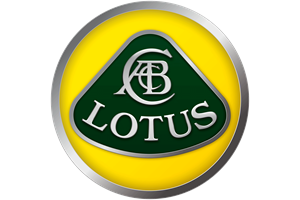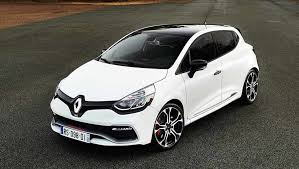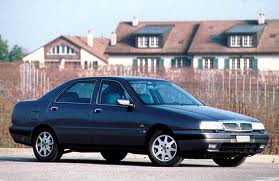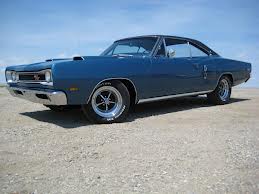


This edition of the Lotus Exige S1 1.8 16v is the 6 speed / Manual version and was first brought out in 1999. This was at around the same time as the introduction of the and the .This particular Lotus Exige has a 1796cc Naturally Aspirated Petrol powerplant with 4 cylinders in a St formation.
The Exige shares its Petrol St4 engine configuration with the likes of the 2019 Ariel Atom 4 2.0 Turbo and the 2013 Caterham 7 620 R 2.0 L Supercharged. If you're looking for other fast cars which share the Exige's Rear Wheel Drive, Coupe combination then how about the 1982 Fiat X1/9 1.5 8V or the 1965 Aston-Martin DB6 1965.
Weighing in at 785 kgs (1730 lbs) this makes the Lotus Exige S1 1.8 16v in the same weight category as the 2011 KTM X-Bow R 2.0 Turbo or the give or take 50kg.
In terms of power the 1796cc 16V St4 engine produces 180 bhp (134 kW) @ 7800 rpm similar to the 2020 Abarth 695 70th Anniversario 1.4 Turbo (177 bhp) or the 2020 Audi A1 Sportback 40 TFSI S tronic S line (197 bhp).
The Naturally Aspirated St4 throws out 127 lb-ft (172.1 Nm) @ 6750 rpm placing it with cars of similar torque performance figures such as the 2015 Mazda MX5 2.0i Roadster Coupe (148 lb-ft) or the 2013 Caterham 7 485 2.0L (152 lb-ft).
If one combines the weight with power or torque performance for the Lotus Exige you can get a better idea of it's real world performance.
![Maserati Quattroporte Trofeo 3.8 V8 Twin Turbo - [2020] image Maserati Quattroporte Trofeo 3.8 V8 Twin Turbo - [2020] image](/editionimages/2064.jpg)
The 2020 Maserati Quattroporte Trofeo 3.8 V8 Twin Turbo (254.2 bhp per ton) has similar Bhp Per Ton stats as the Lotus Exige.
The Lotus Exige has a Power to weight ratio of 229.2 bhp per ton and 161.7 lb-ft per ton. Bhp Per Ton figures of the 1999 Exige competing with the 2020 Maserati Quattroporte Trofeo 3.8 V8 Twin Turbo (254.2 bhp per ton) or the 2014 Porsche 911 Targa 4S 991 (254.0 bhp per ton).
If you agree with the late great Carroll Shelby then arguably an even better indicator of potential performance, Torque. Use weight as well and you end up with - Torque per ton, with the Lotus Exige generating around 161.7 lb-ft per ton. If you're curious as to what other cars have as much torque to weight then look no further than the 1972 Chevrolet Corvette C3 Stingray ZR-1 (186.7 lb-ft per ton) or the 2017 Volkswagen-VW Golf R 2.0 Turbo DSG (186.7 lb-ft per ton).
With a 0-60mph time of 5.80 secs or a 0-100km/h (0-62mph) of 6.0 secs, this made the Lotus Exige S1 1.8 16v as fast as the 2021 KIA K5 GT 2.5 Turbo (5.80 secs) the 2020 Toyota Camry TRD 3.5 V6 (5.80 secs) the 2017 Seat Leon ST Cupra 300 DSG (5.80 secs) the or the 2017 Renault Megane RS 1.8 Turbo 280 (5.80 secs). This Lotus Exige S1 1.8 16v is also faster than the 2019 Ford Focus ST 2.3 EcoBoost Automatic Wagon (5.90 secs) the 2019 Ford Focus ST 2.3 EcoBoost Automatic (5.90 secs) the 2017 Hyundai i30 N Performance 2.0 Turbo (5.90 secs) the and the 2015 Seat Leon ST Cupra 280 (5.90 secs).
When talking about the performance of the Lotus Exige on the drag strip it can reach a quarter mile in an estimated 13.54 secs @ 101.0 mph. Similar performance down the quarter mile can be found with the the 1951 Jaguar C Type 3.4L (13.50 secs), the 1993 Nissan Skyline R33 GTR (13.51 secs), and the 2012 Renault Megane RenaultSport 2.0T 265 (13.52 secs).
Modern performance cars are often artificially restricted to 155mph. The 1999 version of the Lotus Exige S1 1.8 16v has a maximum speed of 126mph.
If maxing out your car on the AutoBahn is your thing and you're wondering what's faster than the 1999 Lotus Exige S1 1.8 16v then how about the 2021 Porsche Taycan 4 Cross Turismo (137 mph), the 2020 Ford Puma ST 1.5 Turbo (137 mph), or the 2019 Ford Focus ST 2.0 EcoBlue Wagon (137 mph).










Dodge Coronet Hardtop R/T 7.0L V8 426
Engine: Naturally Aspirated Petrol | 6974cc 16v V8
Top Speed: 118 mph
0-60mph: 5.60 seconds



















